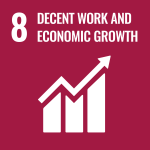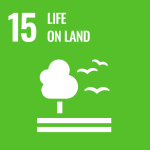Using one log of wood for multiple purposes
One of the basic principles of a circular bioeconomy is eco-design: to design products in a way that ensures that materials can be recovered more efficiently and to view waste as a resource.
In Norwegian forest-based industries, for instance, the whole log of wood is used towards products. The most valuable part of the tree is used for wooden construction, as well as the remaining sawdust, which finds its way into particle boards and other building materials. The left over wood chips are a resource especially for the pulp & paper industry and the chemical industry. Some trees have too low quality to be used in sawmills and are also a feedstock for pulp & paper and the chemical industry.
Borregaard’s biorefinery uses these left over wood chips and low-quality wood to produce specialty cellulose, cellulose fibrils, lignin-based biopolymers, vanillin and bioethanol. These are then used for a variety of applications in sectors such as agriculture and aquaculture, construction, pharmaceuticals and cosmetics, foodstuffs, batteries and biofuels. The residues that cannot be used for products, are converted into biogas or biomass for energy in the production processes.
Using by-products to produce valuable biochemicals and biomaterials secures high resource efficiency of the renewable raw material sourced, which is key to the low-carbon circular bioeconomy.
Associated SDG targets






